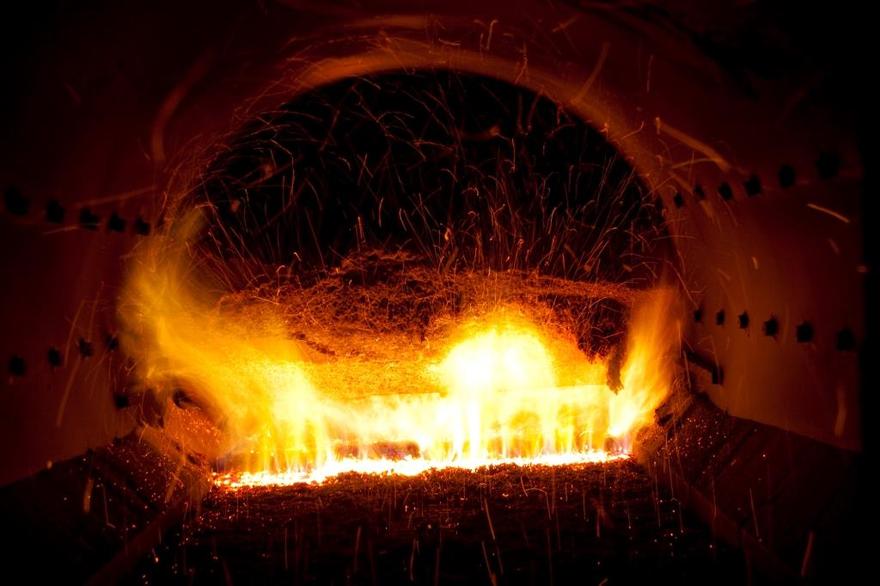Automatic adjustment of the excess air ratio
After analyzing the work of steam boilers in the food industry, it turned out that the biggest energy loss in boilers is the loss through the chimney. Its range is determined by the coefficient of excess air in the exhaust gases behind the boiler (λ) and the temperature of the exhaust gases.

The auditor measured the excess air in exhaust gases and calculated the excess air factor λ.
For mechanical coal-fired boilers, the coefficient λ = 1.4 - 1.6 is recommended. Maintaining a higher coefficient results in the increased chimney outlet loss, and consequently lower efficiency of the boilers.
According to the Auditor, it was possible to increase these efficiency levels through the reduction of excess air, by using the automatic control of exhaust fans and primary air fans. The Audit team has attempted to regulate excess air by changing the efficiency of the primary air fan and of the exhaust fan.
Automation of the boiler allows for optimal consumption of both primary energy contained in coal, and electricity. The basic adjustment parameters include:
- inlet gases temperature,
- vacuum in the combustion chamber,
- amount of combustion air,
- the temperature at the outlet of the boiler,
- boiler power regulation,
- quantity of secondary air.
Based on the readings of the above parameters, it is possible to exercise precise control over the boiler operation, in order to achieve the highest efficiency. Automated control eliminates the risk of human error and allows for a quicker 'response' to the conversion of the set parameters.
Automation helps to maintain the appropriate excess air ratio (λ), thereby reducing the outlet chimney loss. Proper regulation of the air supplied to the boiler can bring significant reductions in coal consumption.
The implementation of this modernization has reduced the annual energy consumption by 13.09 MWh, which in consequence resulted in savings of USD 200 thousand, with investment expenditures not exceeding USD 350,000.00.